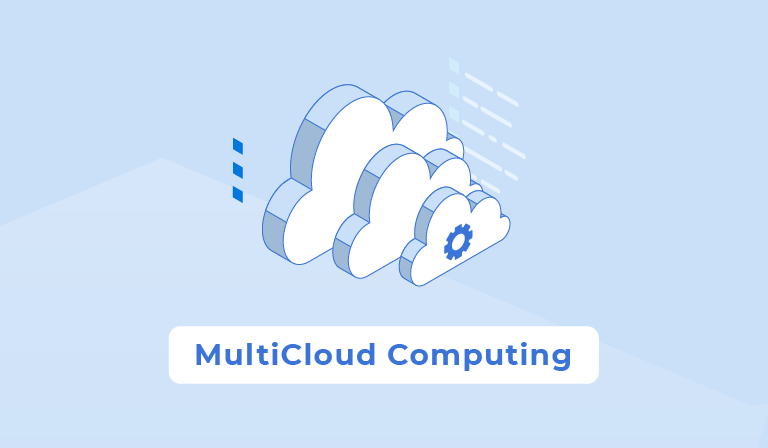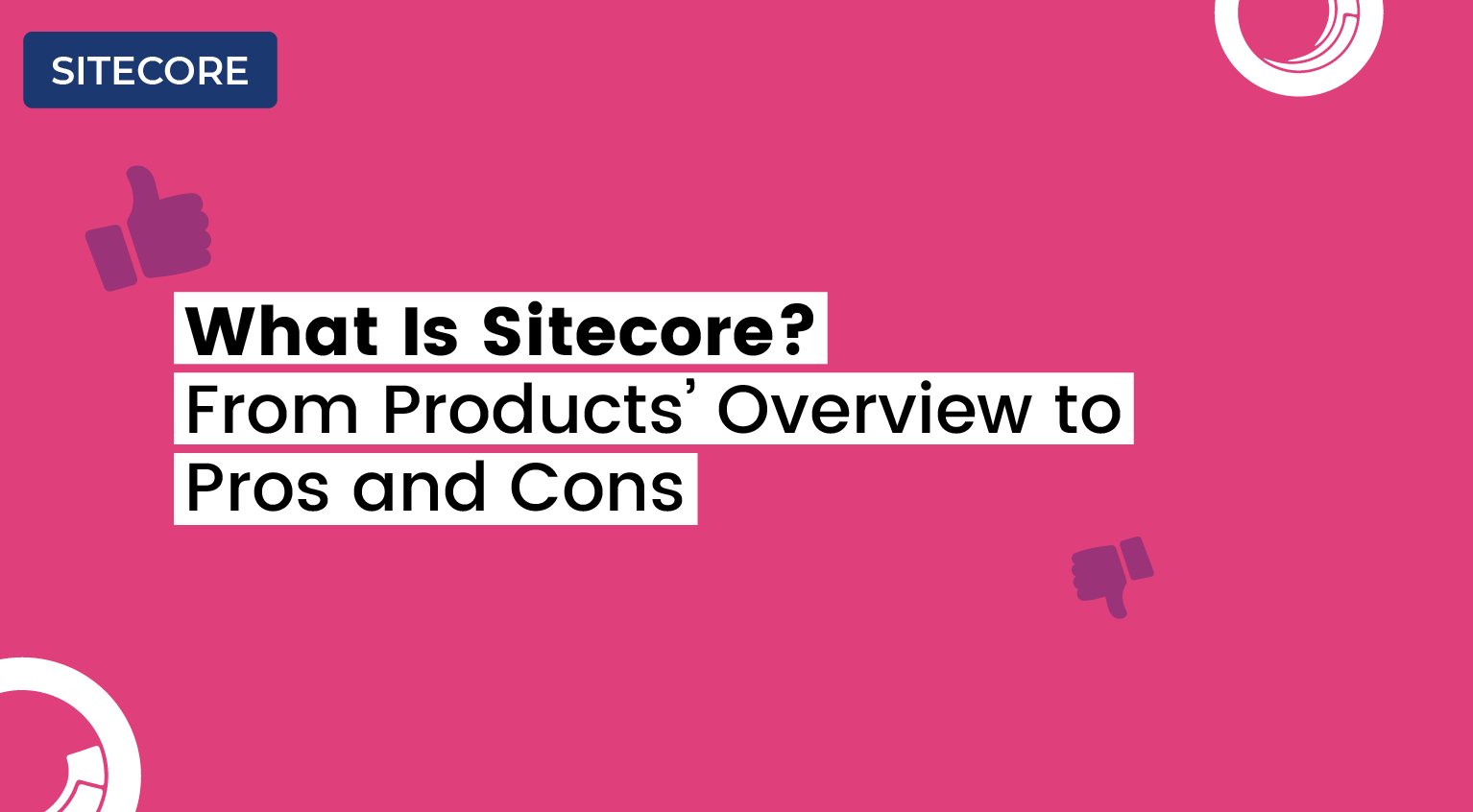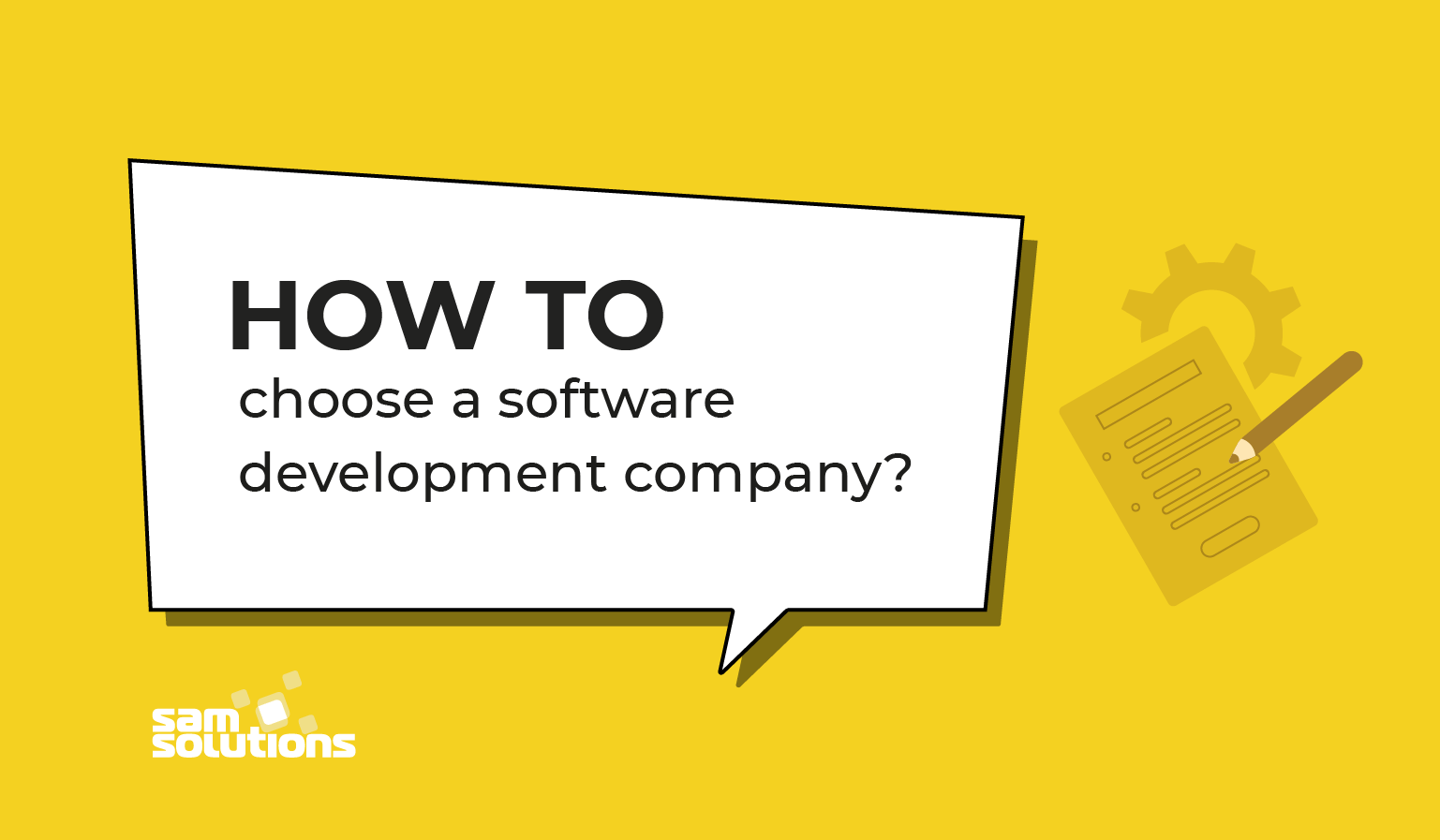
Introduction
Predictions are always difficult, especially for IT. But there is one thing we can say for certain: cloud computing will become an essential part of our daily life.
This shift to cloud technologies cannot be better exemplified than by multiclouds (or multiple clouds). Since today many corporate IT departments use multiple clouds, whether by choice or by chance – hello, shadow IT (see below).
In this article, you will learn:
- What is multicloud? (full multicloud definition)
- How does multicloud differ from hybrid cloud?
- How multicloud works
- Multicloud use cases
- Multicloud security
- Multicloud pros and cons.
What is multicloud?
Multicloud computing, as this word suggests, is the use of multiple public cloud services from different vendors within one architecture at the same time. For instance, a business might use AWS for data storage, Google Cloud Platform for development and testing, and yet Microsoft Azure for disaster recovery.
Usually the reason for the multicloud model is that a single vendor is not able to perfectly meet all needs of an enterprise. With several cloud providers, a company can also avoid data loss or downtime due to a single vendor’s failure.
Multicloud vs hybrid cloud
Multicloud computing should not be confused with hybrid cloud computing. A multicloud deployment is a mix of multiple public clouds from different providers, generally not connected or orchestrated between them.
On the other hand, a hybrid cloud combines different types of cloud: a third-party public cloud with an on-premises private one with communication between these two.
To put it simply, a hybrid cloud is like a mule, which is the hybrid offspring of a female horse and a male donkey, combining the best qualities of both a horse and a donkey. While a multicloud deployment is more like a team of several horses of different breeds.
Sometimes the public cloud services within the multi-vendor environment can be integrated to allow for the seamless movement of data between them. Such multicloud architecture is called ‘intercloud.’ The latter is something in between a usual multicloud and hybrid cloud deployments.
In certain instances, enterprises add to their hybrid cloud environment one or more public cloud services. This is called a ‘hybrid multicloud strategy’.
Multicloud example
Multicloud environments are often created haphazardly, as a result of shadow IT. Shadow IT means that information technology systems (software and hardware) are used by a company’s department or employee without the IT team’s approval. A common example would be the use of public cloud services such as Google Drive and Dropbox to store and transfer documents.
Such unauthorized usage of multiple clouds can create security risks. Therefore, it is preferred to leverage a multi-cloud strategy by intention. The reasons for this might be different. However, most often enterprises switch to such a model due to increased flexibility and freedom of choice.
For instance, Netflix, a company that delivers video to customers via cloud, a few years ago, after its decade long relationship with Amazon Web Services (AWS), decided to move to a multicloud environment by implementing services from Google Cloud. The second vendor’s cloud solutions are used by Netflix, among other things, for disaster recovery and artificial intelligence. Thereby the company achieves maximum flexibility by choosing best-of-breed cloud services for each workload.
Here are a few more examples of multicloud uses:
- Various cloud vendors are used for IaaS, PaaS, and SaaS services.
- Deployment of multicloud data centers to several regions according to user locations, e.g. AWS in the United States and Alibaba in Asia, to avoid slow response time of a company’s application for its users.
Multicloud architecture
As mentioned above, a multicloud architecture usually involves the use of several public clouds concurrently. Such use can take different forms. Below are outlined three types of it.
Distributed multicloud architecture. In a distributed multicloud configuration, businesses distribute services and applications across cloud providers. This makes it possible to pick cloud vendors based on their suitability for specific workloads.
Redundant multicloud architecture. Redundant multicloud deployment can be active-active or active-passive.
In an active-active multi-cloud model, an application or service is deployed across two or more cloud vendors. All of them are live and have a load balancer in front of the application to ensure proper operation and traffic management.
The load balancer routes traffic to the best available server. If for some reason there is a failure of a cloud provider, the traffic is automatically directed to the other cloud service.
In an active-passive multi-cloud model, an application or service is deployed primarily to a single cloud vendor. However, a backup of that application/service is deployed to a second provider which is used only if the first vendor faces a failure like a server crash. In this case, traffic is routed automatically to the backup.
Intercloud architecture. In an intercloud configuration, analytics workflows and data are able to move from one public cloud to another. It is possible due to integration between the two services, which resembles a hybrid cloud environment where several clouds (public and private ones) are also connected to each other.
Multicloud storage
Multicloud storage is one the common uses of this model. It refers to the use of several public cloud services within one architecture for storing sensitive corporate information. As part of this approach, databases are duplicated across multiple clouds.
This allows to mitigate the outage risks associated with retaining data. If one cloud storage service goes down, your data will remain secure in the other cloud.
Despite the perceived benefits of such a strategy, its implementation can be challenging due to the complexities involved. For more details, please see ‘Disadvantages of multicloud’ section of this article.
Multicloud management
In case of an intercloud environment, its management can be difficult if the interfaces used by different clouds are incompatible. For example, the lack of API common for multiple cloud platforms will make communication between them a real challenge.
For all types of multicloud architecture, the major consideration to be aware of is that each cloud vendor has its own management platform and keeping track of them all can take much time. This challenge can be overcome by using a single management tool consolidating different platforms.
The examples of such management tools include CloudBolt and CloudCheckr.
Multicloud providers
A multicloud strategy, by its nature, involves a combination of public cloud providers.
Choosing vendors for a multi-cloud environment can be just as difficult, if not more so, than selecting a single cloud provider. The obvious choice includes well-known IT giants dominating the cloud industry, such as Amazon Web Services (AWS), Microsoft Azure, and Google Cloud Platform (GCP).
Their smaller competitors can be preferred to meet specific business needs. For example, DigitalOcean cloud platform is focused on developers helping them build, test and manage applications.
Multicloud security
Companies moving to or using multicloud deployments should bear in mind the potential security threats and apply the best practices in order to avoid them in protecting cloud-based data from stealing and deleting.
As one of the advantages of the multicloud model, an organization can implement “best-of-breed” security controls from any cloud provider (e.g. AWS Shield, a managed Distributed Denial of Service (DDoS) protection service, from AWS).
Nonetheless, more cloud vendors usually mean more security challenges since it is necessary to deal with multiple security configurations. Therefore, IT pros need to pay greater attention to data protection.
For starters, an organization can use multi-factor identification to prevent intruders from hacking its information.
The second tool is encryption. Encrypt all the network connections to public cloud services within the multicloud architecture that involve sensitive data.
One more area to focus on is security event management. Every vendor in the multicloud deployment has its own security logs, all of which in a perfect scenario should be sent to an in-house event management system for analysis. Instead, it is possible to use for this purpose a third-party cloud-based platform such as Splunk Cloud, Loggly or Sumo Logic.
Benefits of multicloud
So why do companies move to multicloud despite its complexity (in particular, management and security complexity, as mentioned above)? Below we’ve outlined the main reasons for this:
Increased resilience and downtime risk mitigation. First of all, a multicloud architecture is deployed for security and reliability reasons. Relying on one vendor is like putting all eggs in one single basket. Nobody is perfect. And cloud providers are no exception. A couple of years back, AWS went down for hours. As a result many big companies were affected like Apple, Adobe, GitHub, Quora and more. Outages like this can cost your company millions of dollars in lost revenue especially in cases where your application is customer-facing.
With a multicloud strategy in place, if one vendor experiences a failure you can use a public cloud service from another one. For example, Microsoft Azure instead of AWS. This is what we call ‘redundancy’, which means duplication of system components to ensure the system resilience, i. e. its ability to recover from a fault.
At the same time, such redundancy can be achieved within a single cloud vendor by replicating your data and application to a secondary or multiple data centers with different locations (called ‘availability zones’ or simply ‘zones’). Also termed ‘geographic redundancy’. If one zone (let’s say, New York) goes down, all traffic will be automatically directed to the secondary location (e.g. Boston).
In the above example, Netflix leverages Google Cloud Platform in addition to AWS among other things for disaster recovery. However, at the risk of jumping ahead, implementing a multicloud solution can be challenging for many organizations. So it might be better for them to consider geographic redundancy for this purpose instead of becoming multicloud.
Access to best-of-breed solutions. With a choice from multiple vendors, enterprises are able to pick the best fit from each for their specific purpose. While one provider is good for one task, the second can be perfect for another. In a multicloud approach, there is no need to limit yourself to whatever solutions or features a single provider offers at the moment.
However, most public cloud services are pretty much the same from one vendor to another. Therefore, you should have a compelling reason why you need one more cloud provider.
In the above example, Netflix uses AWS cloud products for most of its workloads and at the same time Google Cloud Platform for artificial intelligence tasks, thereby taking advantage of unique Google’s offerings in AI.
Broader geographic coverage. If your company is multinational, it may opt for a multicloud because its preferred platform can be not available, either entirely or partially, in all regions of operation, or provide worse quality in this given area as compared to a local vendor.
For example, if you successfully use AWS for your US-based operations and plan to set up the business in China, you may want to prefer Alibaba Cloud, the local cloud leader, over AWS for this Asian country.
The first thing is that Alibaba Cloud has a better distribution of data centers throughout China compared to AWS, which means that you will get a quicker and more reliable service than AWS can provide.
And secondly, to comply with the strict Chinese regulations, AWS cloud in China is operated by local partners on behalf of AWS, which means that the range of services available to you as AWS customer in the US does not extend to China. In other words, you are not able to duplicate your existing deployment from an American AWS account over to the same service inside China.
Disadvantages of multicloud
On the flip side, there are some disadvantages to adopting a multicloud approach.
Increased complexity. Running several clouds creates complexities related to their configuring, management and data protection. On top of that, it will require more time to be spent by your IT department on the architecture.
In some cases, such complexity in itself can outweigh all the benefits of multicloud.
Higher skill requirements. Multicloud deployments are not for everyone, especially in case of a hybrid multicloud platform. Software engineers within the IT team should be prepared for complex multicloud monitoring and maintenance and have specialized knowledge about every public cloud included in the architecture. IT professionals with relevant skills are rare birds on the market. And finding them can be difficult.
Another way is to involve a multicloud consulting partner who can help you navigate all complexities. However, such services can be expensive and not every company can afford them.
Alternatively, the skills gap problem can be overcome through learning during the use of multiple clouds. However, this will require time during which human errors can occur impacting your business.
Conclusion
The multi-vendor model is no longer the new frontier in IT. It looks like a new trend to be followed by everyone. However, despite all the hype around multicloud computing, many companies still stick to a single public cloud provider.
Due to its increased complexity, multicloud adoption and management can be close to rocket science. Before going to multicloud, think carefully to be sure that you really need it and can handle possible issues during its configuration and use. Very often the effort of working with several cloud vendors is not worth it.


